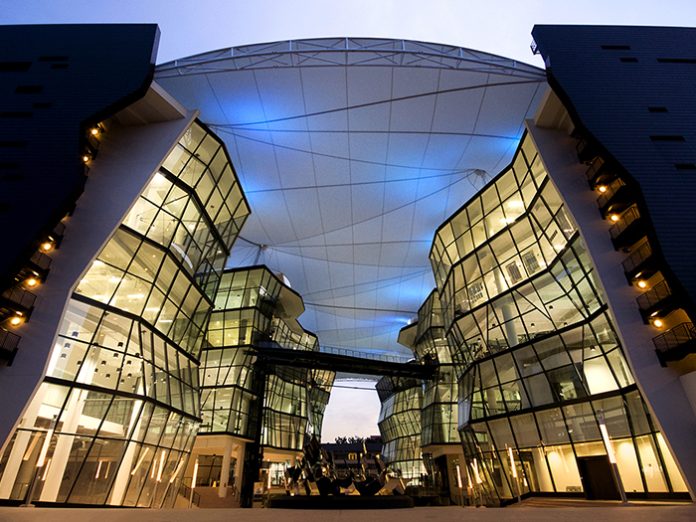Lasalle College of the Arts, Singapore’s only dedicated contemporary arts college, has installed Riedel Communications’ Bolero wireless intercom in the school’s renowned Singapore Airlines Theatre. With its high audio quality and RF robustness, Bolero streamlines staff communications and facilitates the production of a broad range of performances. Operating in standalone mode, with no artist mainframe required, the plug-and-play solution enables the technical crew at Lasalle College of the Arts to set the system up quickly at various locations across the campus.
“When we needed to upgrade our wireless intercom capabilities to keep pace with the demands of modern theatre productions, Bolero was the perfect choice. We were well aware of the outstanding reputation of Riedel products, and we knew Bolero would provide a stable and reliable solution,” said Patrick Wong, Senior Technical Officer, Lasalle College of the Arts. “It was immediately apparent that Bolero would provide much better range, better audio quality, and a richer set of features than our previous system. Bolero is the ideal solution to take Lasalle safely into the future, with the flexibility to expand into a more complex intercom configuration when the need arises.”
Lasalle chose Bolero on the recommendation of Riedel’s local partner, AudioLink solutions Pte Ltd. Key factors in selecting Bolero were the system’s ease of deployment, ability to scale to different sizes of events, and straightforward user interface. The Lasalle technical crew especially appreciates the ability to achieve full coverage over the entire facility with just a single antenna. But it was Bolero’s capacity to interface with existing intercom systems via Riedel’s NSA-002A AES67-to-4wire interface that ultimately sealed the deal.
“Lasalle is highly regarded for its cutting-edge educational programs in contemporary arts and design,” said Rajveer Singh, General Manager, ASEAN and South Asia, Riedel Communications. “This installation is an outstanding example of how Bolero can fulfill even the most demanding communications requirements in live-performance theatre settings.”





